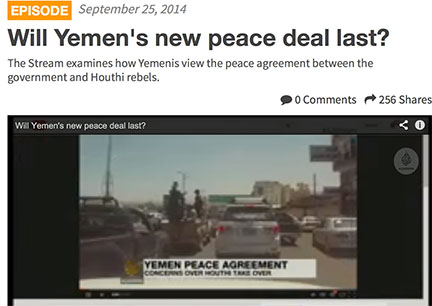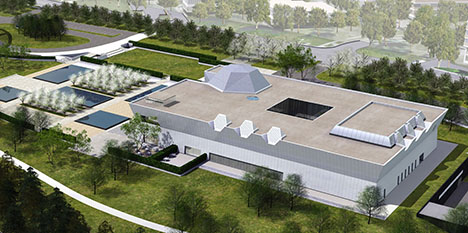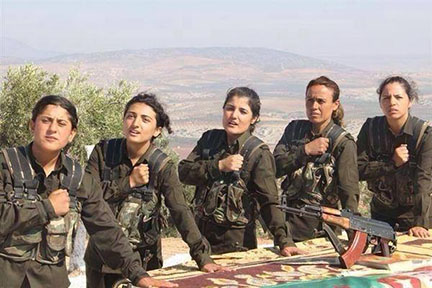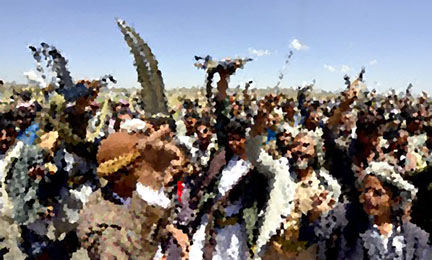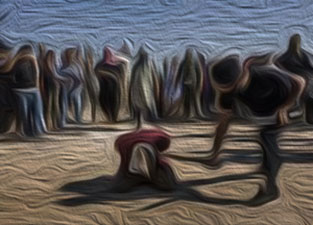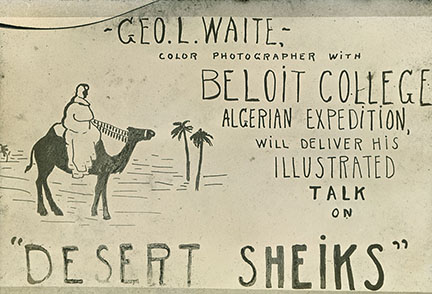
Anyone who has watched NFL or NCAA football or listened to interviews with major football players will find a large amount of talking about Jesus. Tim Tebow, the Florida quarterback went so far as to inscribe Bible verses on his forehead. Jesus talk, like trash talk, is as much a part of the game as fighting in hockey. But heaven (and you know which one I mean) forbid if you have a Muslim name, pick off a pass by a Patriot like Tom Brady, scoot into the endzone and slide into a position that for literally three seconds looks like the Muslim prayer position. This happened to Kansas City Chiefs player Husain Abdullah in Sunday’s game. If he had raised his hands and said “Thank you, Jesus” the refs would not have batted an eye, but if he has a Muslim name he must not be allowed to look like he might be praying. Who knows how many ISIL terrorists would be inspired by such an act! Thus, a 15 yard penalty, but it is more than that.
On top of the prejudice, whether premediated or not, the ref has a very poor understanding of how Muslims pray. The most important part of prayer is intention. A Muslim prepares for prayer with ablutions and with a mindset that is focused on the spiritual. Running into the endzone is a thrill and one can understand the excitement of Husain as he slid on his knees. But anyone who looks at the video can see that he was not actually praying. Prayer is a ritual with stages, not what position you end up in at the end of a slide. It was no more a literal religious act than a “Thank you Jesus” would be. Continue reading WWJD after a touchdown
